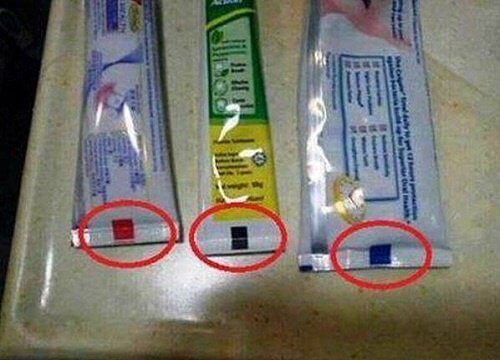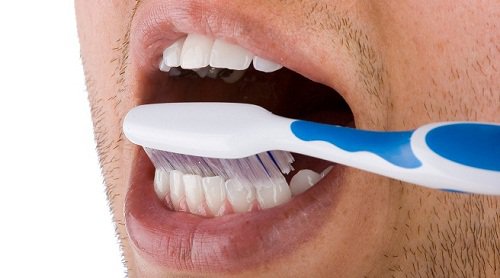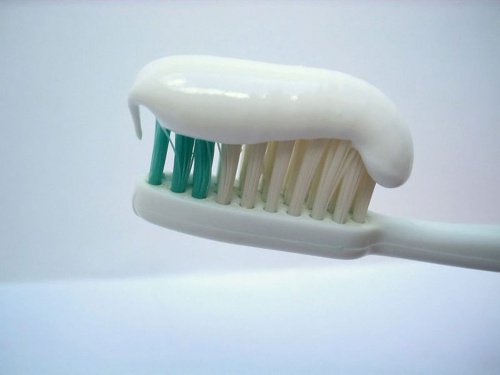What Do the Color Marks on Toothpaste Tubes Mean?

For a while now users have been sharing an “urban legend” online, saying that the colors on the base of toothpaste tubes indicate what they’re made of and how damaging they can be for your health.
But the information contained in post after post is completely false. In today’s article we’ll try to clear up what these marks really mean, and whether it’s more than just a simple color.
According to the now-viral misinformation that’s circulating the web, toothpaste tubes have a different colored square or rectangle at the end of the tube, opposite the opening.
This color varies from brand to brand and supposedly indicates that the product is made up of as follows:
- Green = Natural products
- Blue = Natural and medicinal products
- Red = Natural and chemical components
- Black = Purely chemical components
Well, as we already said at the beginning of the article, this information is completely false. It is just another urban legend to frighten people.
Because the purpose of this site is to give you as complete information about health as possible, we’ll explain what these colored marks really mean. And also, why you shouldn’t pay any attention to the alarming posts you read on the internet.
You might want to read: 14 Ways to Use Toothpaste
The colors on toothpaste tubes

The colors that are found on different brands of toothpaste are actually a characteristic of other commercial goods, like milk cartons, cereal boxes, and cookie packages, for example. Those markings are used during the manufacturing and packaging processes as “eye marks,” “color marks,” or “registration guides.”
Their purpose is to indicate to a robotic sensor where the packaging should be cut, bent, or crimped during production. These colors are designed to be darker than the rest of the packaging, so the machine can read them.
In the case of toothpaste, the tubes are manufactured in a location that’s completely separate from the product that they will eventually contain. The tubes are made in long, hollow strips. Depending on the intended volume of each one they’re divided into sections that are a certain number of inches long.
It’s during this process that the “color mark” comes into play. It indicates where the machine should stop and cut the end of each toothpaste tube.
Read also: Natural Products That Will Help Whiten Your Teeth
Why are the colors different?

But why the different colors? The truth is that the color doesn’t matter too much. They vary from brand to brand and by manufacturer.
Each one has its own color that they use as a reference for quality control and ease of detecting a defective batch.
In this way, once again another urban legend that’s gone viral on the internet is debunked through careful investigation. This particular legend was a problem for dental professionals because it generated much concern among their patients about dental health.
In any case, if you need more proof just go to your pantry right now and examine the packaging of the products you have stored there. We guarantee you’ll find more than two containers that have these marks of many different colors.
This text is provided for informational purposes only and does not replace consultation with a professional. If in doubt, consult your specialist.








